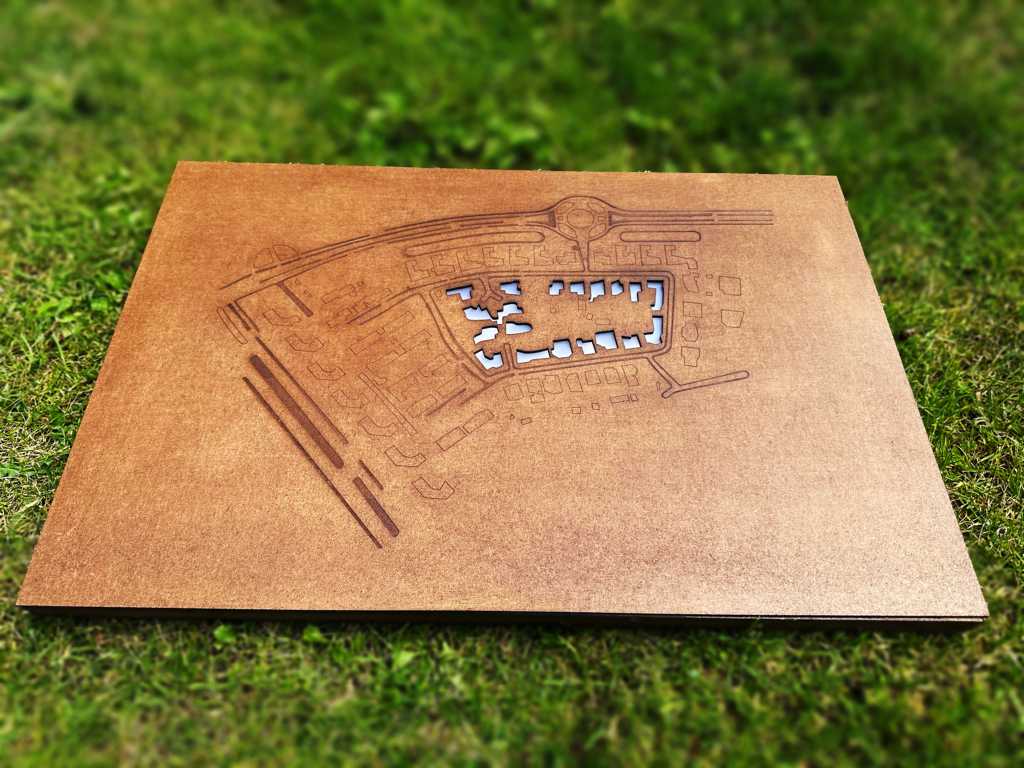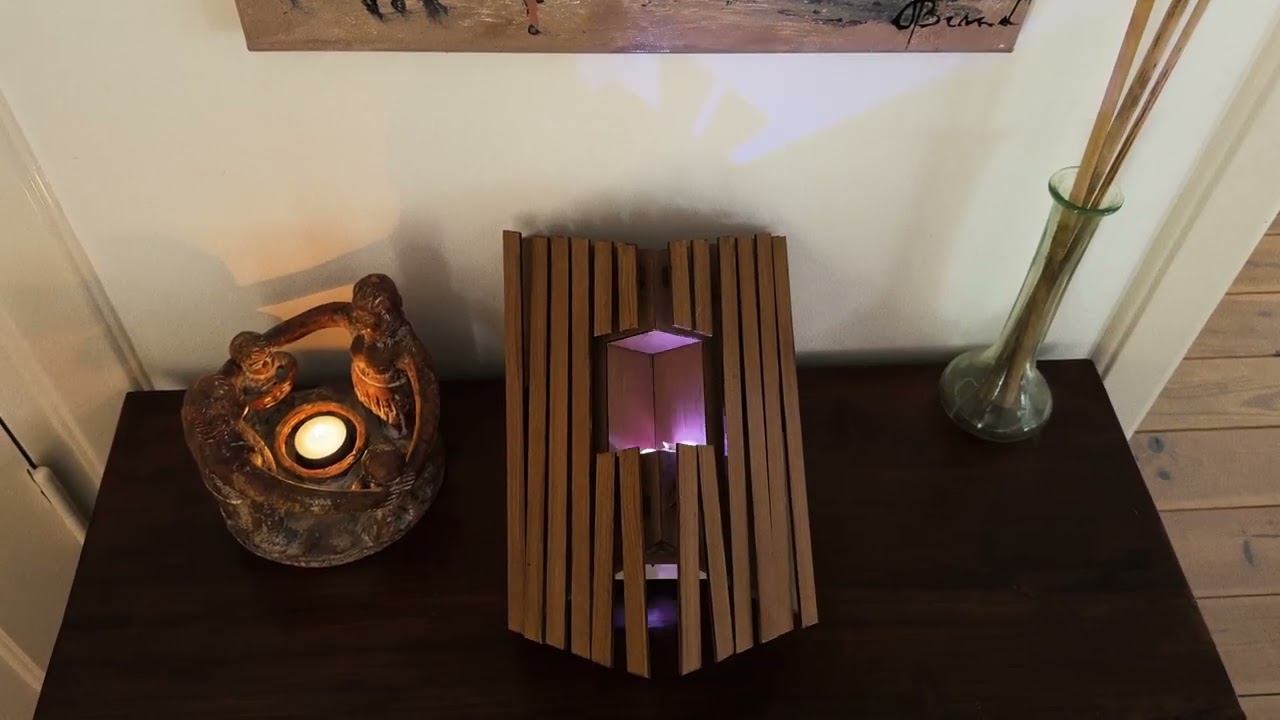Maxime van Dooren, Stefan Hubert, Julia Berkenfeld, Saniya Chand
As urbanization rapidly reduces natural ecosystems, traditional design commonly focuses solely on human needs, neglecting animals and natural elements. In this project, we tackled the challenge of designing inclusive spaces where humans and non-humans, like nocturnal animals, coexist. The project centres on bats which are a protected species, yet often misunderstood due to stigma about their appearance and disease associations. However, Dutch bats are harmless. By overcoming people's bat stigma, we stimulate cohabitation with these nocturnal neighbours.
Could you share your space with a nocturnal creature?
In a world where cities are expanding and natural habitats of nocturnal animals are shrinking, the challenge of designing inclusive environments that respect both human and non-human inhabitants grows. The Nocturnal Neighbours project addresses this by integrating smart home technology to support cohabitation with nocturnal animals, especially bats. This initiative counters habitat loss and disturbances from human activities through a family of three interconnected products: the Bat Wall, which provides a safe space for bats; the Indicator, which monitors their presence; and the Community Overview, a tool encouraging coordinated action in harmony with nocturnal ecosystems. This design not only facilitates a symbiotic relationship between urban residents and wildlife but also redefines our interaction with the creatures of the night.
The Nocturnal Neighbours project began with extensive research into shared spaces and multispecies cohabitation, focusing on nocturnal animals due to their often overlooked impact on urban ecosystems. Our design process involved multiple iterations and expert consultations to address the unique needs of bats, creatures often misunderstood and stigmatised.
We developed a trio of interconnected products—the Bat Wall, the Indicator, and the Community Overview. Each product was iteratively designed with the aim of changing the public's common fear of bats to an appreciation of their role in ecological balance. The Bat Wall creates a microclimate suitable for bats, incorporating materials like hempcrete for insulation and grooves for easy bat navigation. The Indicator uses multi-sensory signals from the Bat Wall to inform humans about bat activity, fostering a deeper understanding and connection. Finally, the Community Overview facilitates neighbourhood discussions on how to coexist harmoniously with bats, emphasising collective responsibility towards these nocturnal neighbours.

The Nocturnal Neighbours project exemplifies the potential of designing shared spaces to foster a closer connection between people and nature, specifically targeting the integration of bats into urban environments.
However, the project faces limitations, particularly with the Indicator's design, which has received mixed responses due to its proximity effects and sound emissions potentially ignoring humans. Feedback suggests a need for adjustable settings to minimise disturbances, highlighting the delicate balance required in design to ensure it remains unobtrusive while functional. Moreover, the inherent unpredictability of wildlife behaviour means there's no guarantee bats will adopt the provided habitats, underscoring a broader lesson about respecting and adapting to nature's autonomy.







